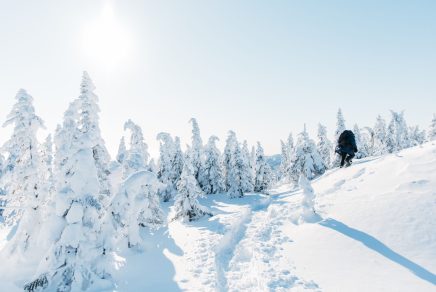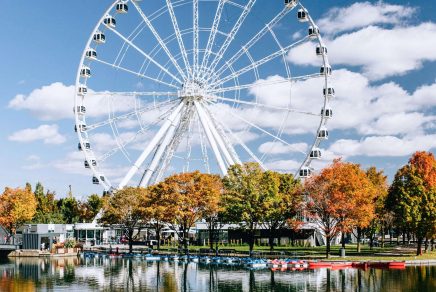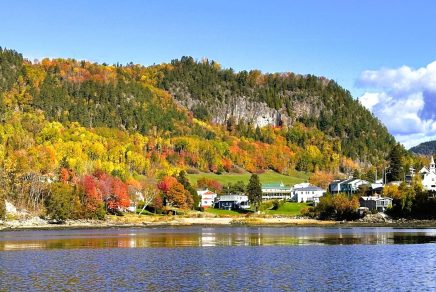Abitibi-Témiscamingue is more than 600 kilometers from Montreal, so it takes some determination to get there. It’s a 7-hour drive. But whether you choose to travel by train, bus or plane, the rewards are well worth the time investment. This often underestimated region is full of wonders for those who are willing to take the plunge.
Rich in cultural, natural, gastronomic and historical treasures, this region in northern Quebec invites you to get off the beaten path, meet incredible people and create unforgettable memories.
Abitibi and its culture
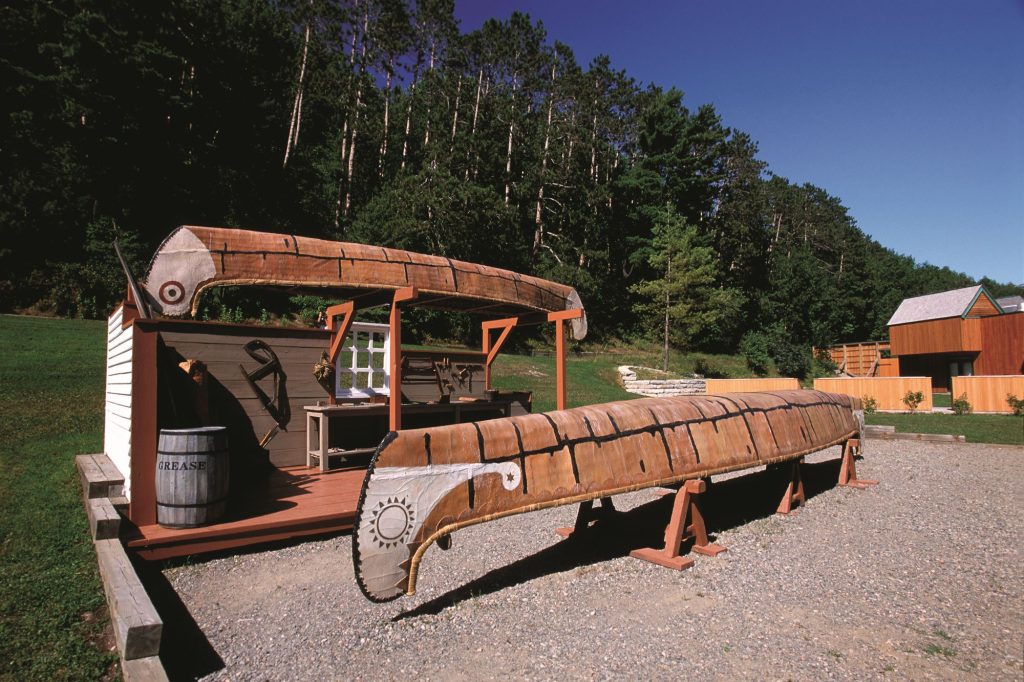
Photo credit: Jean-Pierre Huard/Bonjour Québec
The entrepreneurial spirit of Abitibi-Témiscamingue has led to a rich culture of events. Tired of having to travel long distances to attend large events, several locals decided to take action. The result? An array of cultural events throughout the year, with a peak in the summer.
From country music festivals to book fairs, film festivals to fake documentary celebrations, there’s something for everyone.
Two not-to-be-missed events are the Festival de la musique émergente at the end of August, which showcases up-and-coming talent, and DocuMenteur, a tribute to the art of faking, which takes place around April 1. The importance of culture is such that an organization, CultureAT, has been set up to promote it.
Témiscamingue and its nature

Photo credit: Gaëlle Le Royer/Bonjour Québec
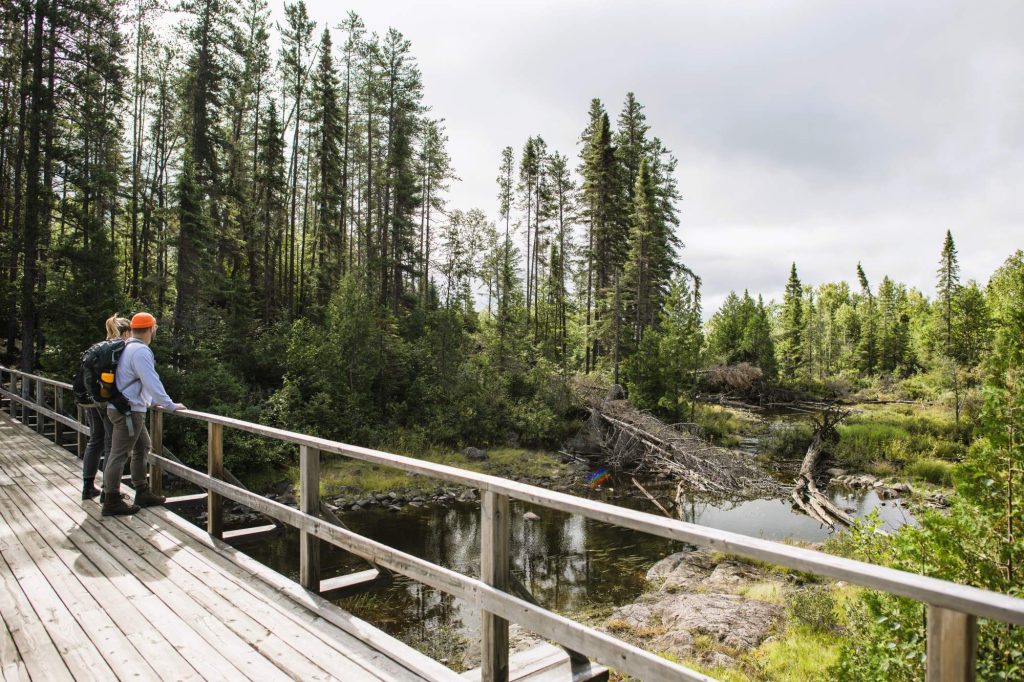
Photo credit: Gaëlle Le Royer/Bonjour Québec
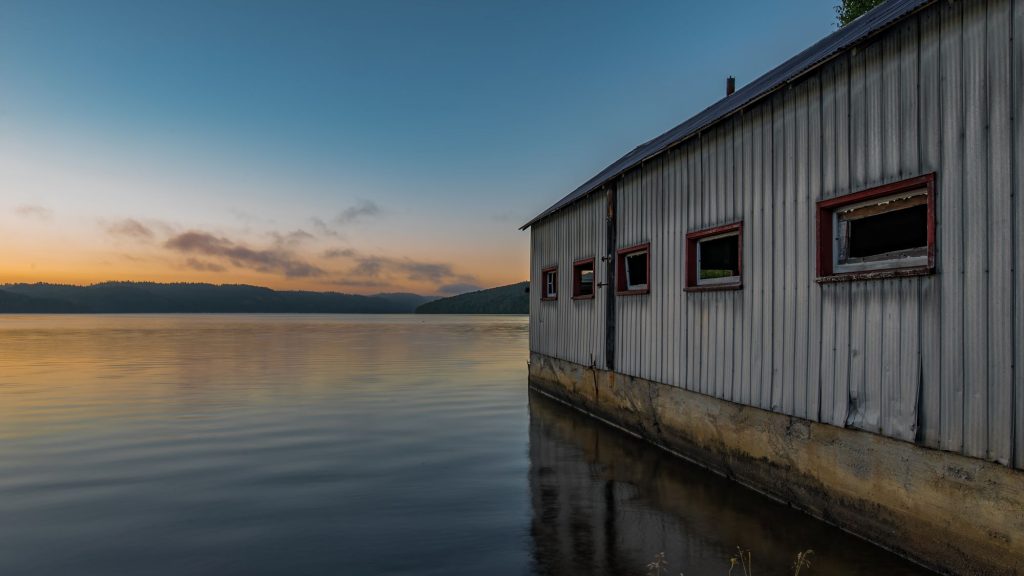
Photo credit: Image Nomade Production/Bonjour Québec
Often overlooked, Témiscamingue is a true hidden treasure. But there is so much beauty to discover! This vast and still sparsely populated region allows the visitor to admire the landscapes in complete meditative silence.
In particular, Ville-Marie and Témiscaming offer spectacular views of Lake Témiscamingue. The cave of Notre-Dame-de-Lourdes in Ville-Marie is a must for pilgrims, as is the site of La Bannik with its hiking trails. Access is free for visitors who rent a cabin for the night.
Also noteworthy is the recent opening of the Opémican National Park, whose main access point is in Témiscaming. Covering an area of 252.5 square kilometers, it is located at the crossroads of the deciduous and boreal ecosystems of Quebec territory. Here, nature changes and evolves and can be enjoyed in a variety of ways, whether by canoe, kayak, bicycle or on foot.
Abitibi and its gastronomy

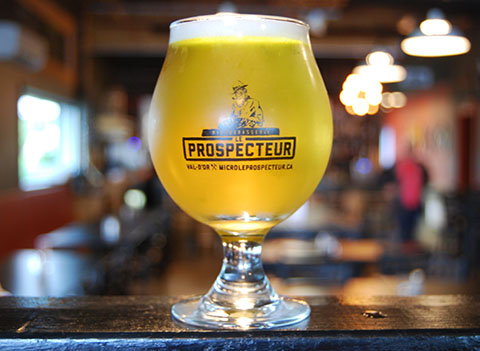
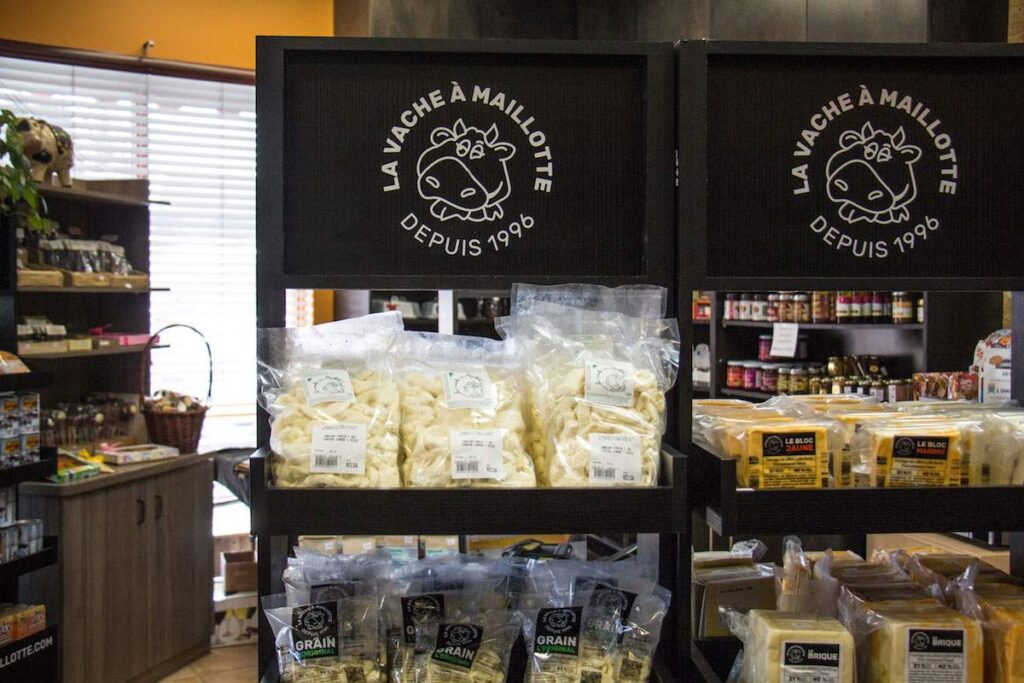

The remoteness of Abitibi-Témiscamingue from major centres has not hindered its gastronomic fervor, on the contrary. The region excels in the production and processing of local products. Cheese factories, bakeries and farms offer fresh and tasty products at affordable prices.
The region also has numerous outfitters open to visitors. The one on the islands of Lake Duparquet even offers unique culinary experiences on the lake.
For the record, this is where the famous Mouk Mouk Island is located. It’s a destination Quebecers associate with the end of the world, so remote that nobody has stepped foot there before. It has even become a saying to “go to the Mouk Mouk Islands” to mean you are going far, very far!
Here are some of our top picks in Abitibi:
- Chocolats Martine, Ville-Marie
- Microbrasserie le Trèfle Noir, Rouyn-Noranda
- Caféier-Boustifo, Ville-Marie
- Café Le St-Honoré, Rouyn-Noranda
- Microbrasserie Le Prospecteur, Val d’Or
- Bistro Le Cachottier, Rouyn-Noranda
- Pub Deuxparquatre, Rouyn-Noranda
- Éden Rouge, Saint-Bruno-de-Guigues
- Barbe Broue Microbrasserie, Nédélec
- La Bannik, Duhamel-Ouest
- Balthazar Café, Val d’Or
- Le Fromage Au Village, Lorrainville
Abitibi-Témiscamingue and its history
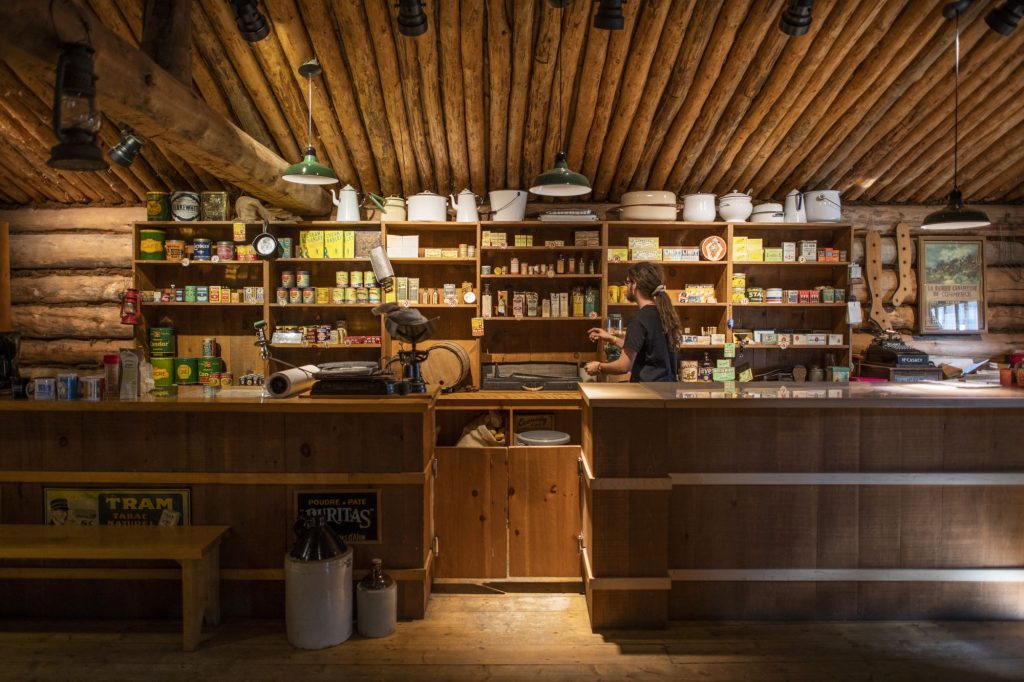
Photo credit: Gaëlle Le Royer/Bonjour Québec
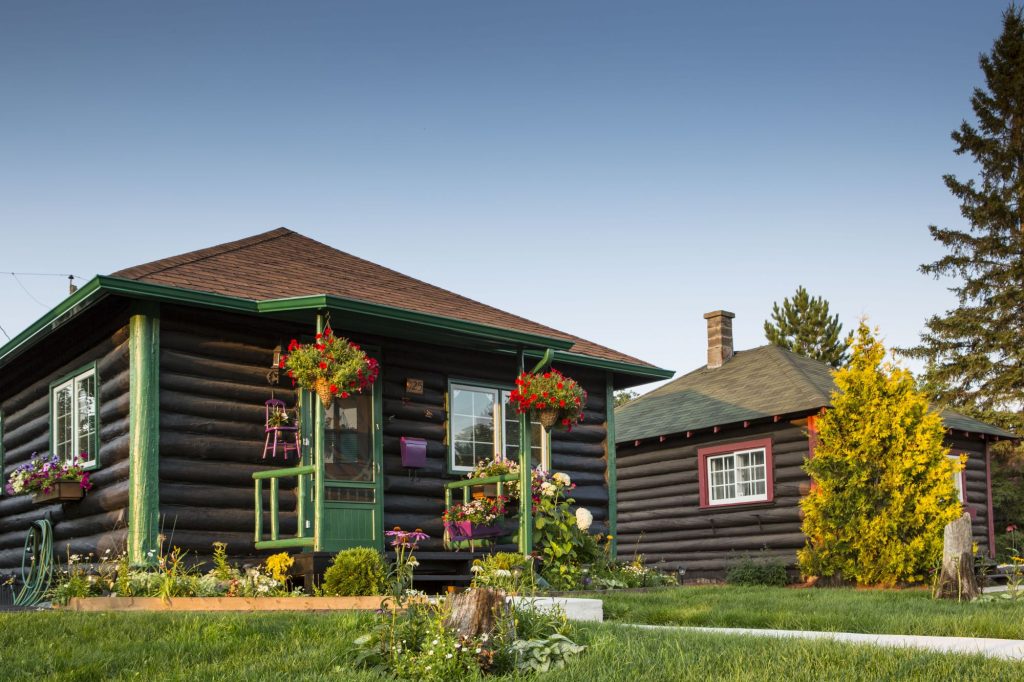
Photo credit: Mathieu Dupuis/Bonjour Québec
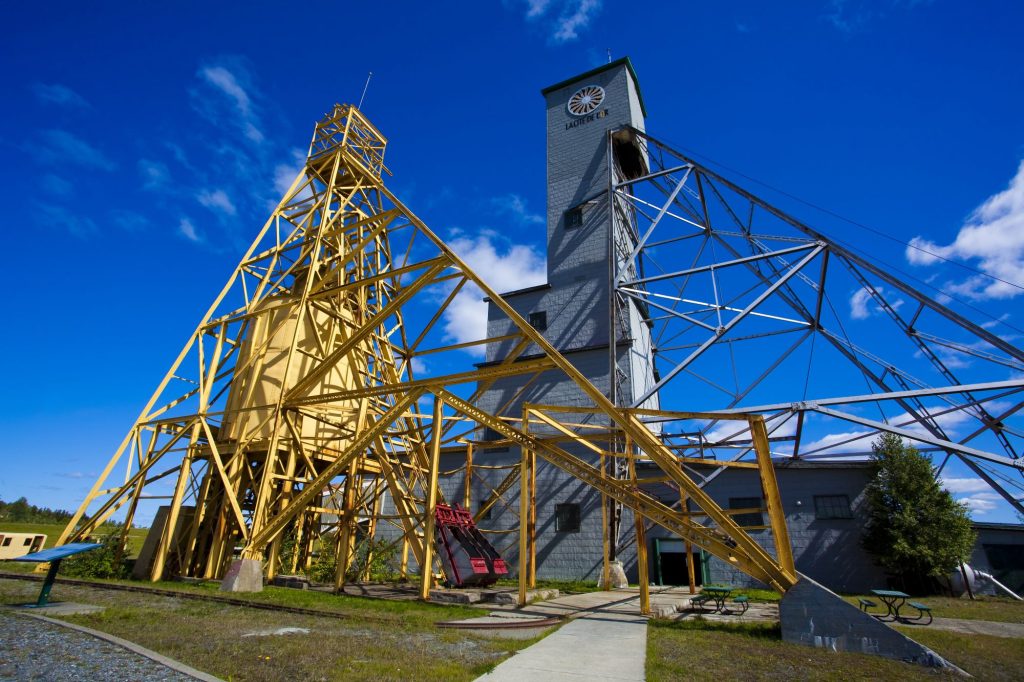
Photo credit: Mathieu Dupuis/Bonjour Québec
The rich and varied history of Abitibi-Témiscamingue, marked by indigenous cultures and mining, provides a fascinating backdrop to this region. It is also endowed with numerous historic sites that are open to the public, allowing visitors to appreciate its heritage while enjoying nature walks.
The Obadjiwan-Fort-Témiscamingue National Historic Site, for example, is one of those places that combines beauty and education to learn about the Algonquins and the fur trade in a magical setting.
Some mining sites offer unique perspectives, such as the opportunity to admire the panorama from the heights of Malartic, or to explore the underground tunnels at a depth of 91 meters in a real mine at the Cité de l’Or and its historic mining village. It’s the only site of its kind in Canada! The cultural and architectural contrasts between the francophone working-class districts and the anglophone executive sectors in towns such as Rouyn-Noranda and Témiscaming reveal surprising facets of local history.
In the heart of Témiscamingue, in Angeliers, sites such as the T.E. Draper et le Chantier Gédéon reveal the secrets of logging, a dangerous industry that shaped the lives of many men in the region until the 1960s. These sites offer a fascinating immersion into a bygone era and testify to the resilience and ingenuity of the workers of that time.
Abitibi-Témiscamingue and its fauna
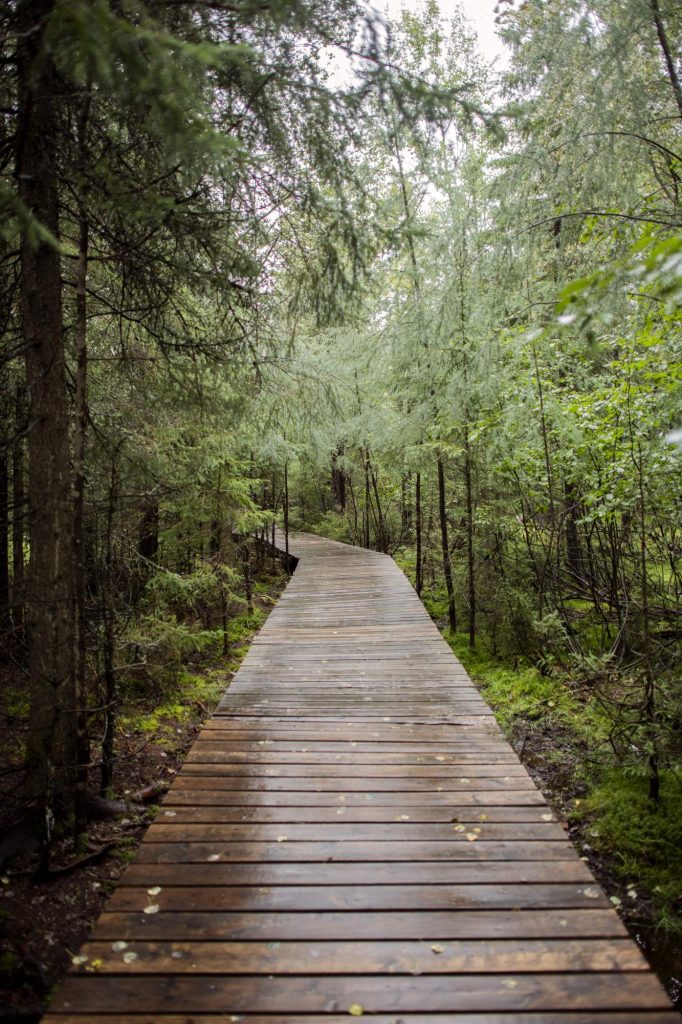
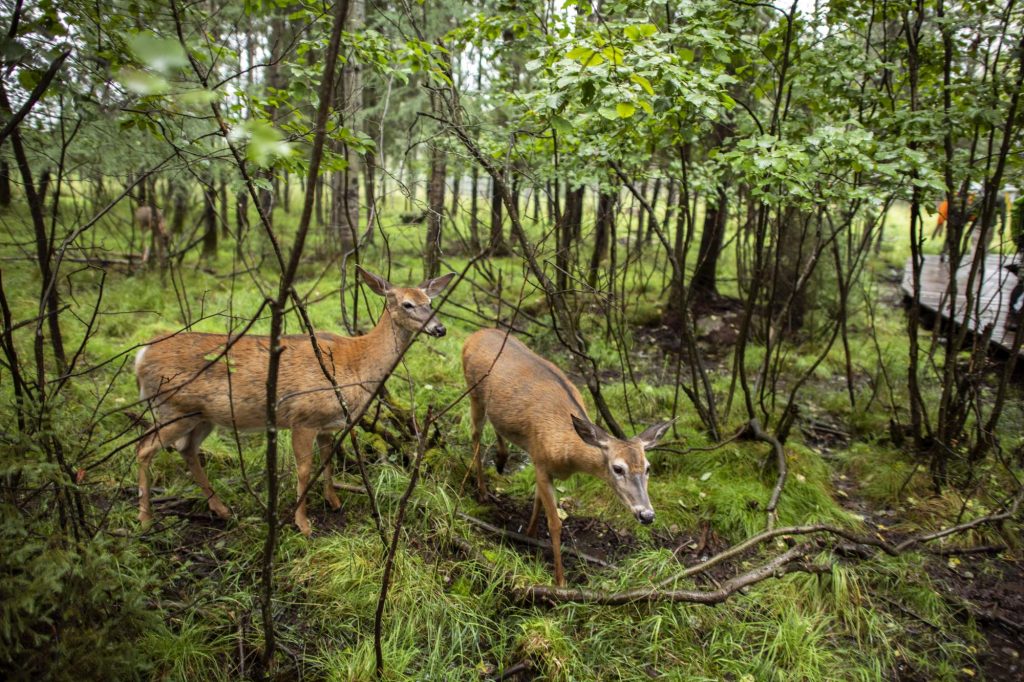
Photo credit: Gaëlle Le Royer/Bonjour Québec
The Refuge Pageau and the Aiguebelle National Park are must-sees for wildlife enthusiasts and have no equivalent elsewhere in Quebec. Founded in 1986, the Pageau Refuge is a sanctuary for injured or abandoned animals, offering close contact with local wildlife and raising visitors’ awareness of the need to protect these wild creatures.
Founded in 1986 by Michel and Louise Pageau, the mission of this sanctuary is to provide a haven for injured or abandoned local wildlife, allowing them to recover in the hope of regaining their freedom. However, some residents, having forged close bonds with their caretakers for various reasons, become full members of the sanctuary family and live there permanently.
Exploring this sanctuary is an enriching experience that not only introduces you to a variety of animals and birds, but also raises awareness among young and old about the risks associated with domesticating wild species and what to do if you encounter an injured or abandoned animal. An excellent family adventure that will leave a lasting impression with its message of respect and compassion for all life forms.


